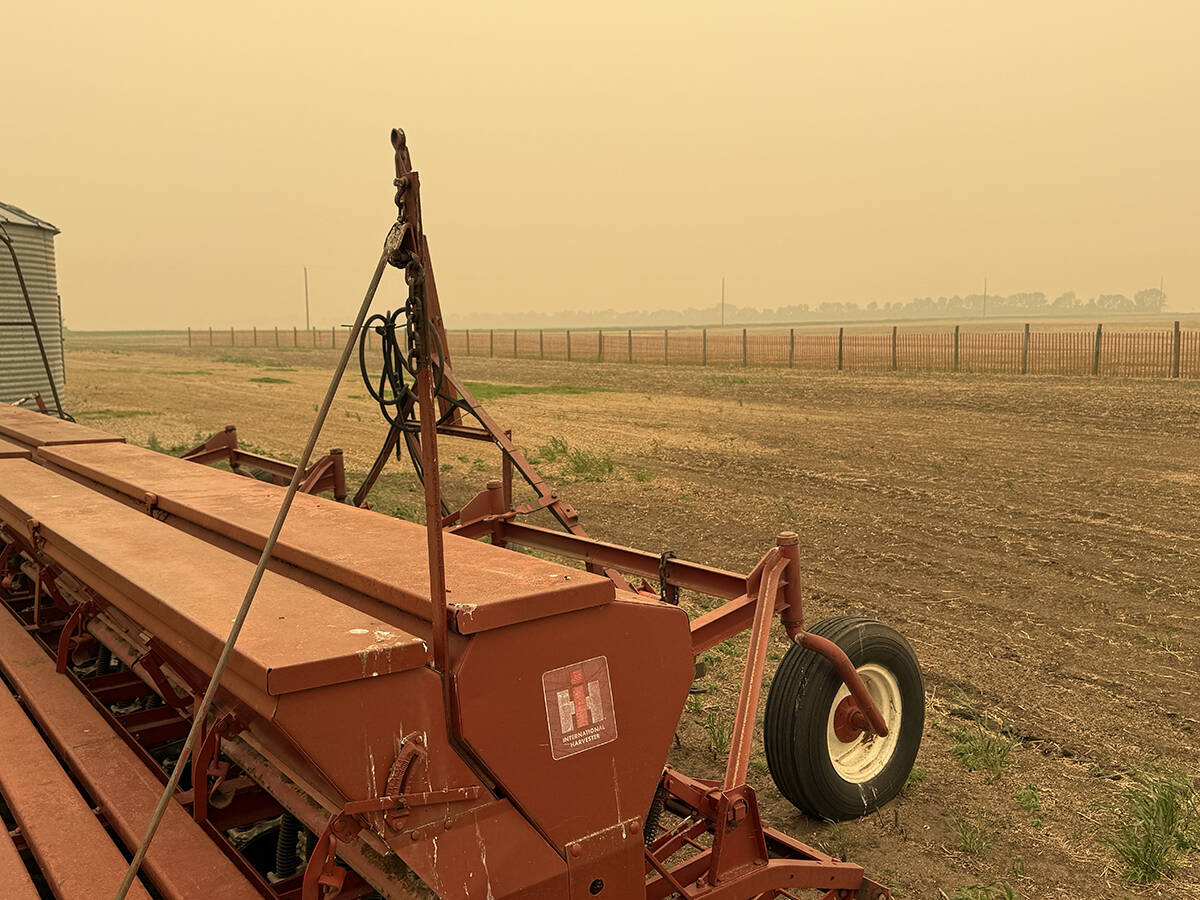The first phase of the intense political battle over the shape and cost of the government’s farm chemical regulatory regime is over and the bureaucrats won round one, says a farm leader involved in the fight.
Canadian Federation of Agriculture president Jack Wilkinson warned Monday that unless the government backs down, Canadian farmers will be the losers.
They will face higher chemical costs than their American competitors and likely will lose access to some of the minor-use chemicals their competitors use.
If registration fees are too high, chemical companies may decide it is not worth the cost of registering minor-use products in Canada.
Read Also

Wildfires have unexpected upside this year
One farmer feels smoke from nearby wildfires shrouded the July skies and protected his crop from the sun’s burning rays, resulting in more seeds per pod and more pods per plant.
“The fees are too high,” Wilkinson said Jan. 13. “The bureaucracy is too big. The fight will continue. We can’t afford not to.”
Last week, a cabinet committee approved proposed regulations for the Pest Management Regulatory Agency. They were published Jan. 11 in the Canada Gazette, opening a 30-day comment period.
They include a proposal for more than $12 million in annual cost recovery fees, a $27.6 million budget, a PMRA Ottawa staff of 327 and a range of charges for agency activities.
Some of the proposed cost recovery fees are lower than originally suggested, but Wilkinson said the final package still shows the government did not respond to many of the points made by the industry during the past year of intense lobbying.
“Listen, they say it costs $11 million to register new products and they expect that cost to decline, yet they want to charge us over $12 million,” said the CFA president. “That is stretching the definition of cost recovery into revenue generation. That’s why we drew a line in the sand on this one. If this same definition is used in other areas where there are charges, the farm community is in deep trouble.”
Farm chemical industry leaders have estimated the actual impact on prices for farmers will be as much as three times the cost recovery targets set by government.
Part of the dispute between the food industry and government revolves around the issue of retesting chemicals already on the market.
Unnecessary cost
The PMRA says it wants to re-evaluate products every three to five years. The industry lobby says that is unnecessary and farmers should not have to pay a portion of the costs.
They also complain that the government has not clearly defined where industry benefit ends and public benefit begins.
Last week, Wilkinson had a testy letter exchange with health minister David Dingwall, minister in charge of the PMRA.
Dingwall argued that the government proposals “should provide tangible evidence that the government wants to see successful implementation of both cost recovery and regulatory reform.”
Wilkinson believes the two sides have a different definition of successful implementation.
The farm community has less than 30 days to make its concerns known to the government and MPs.














